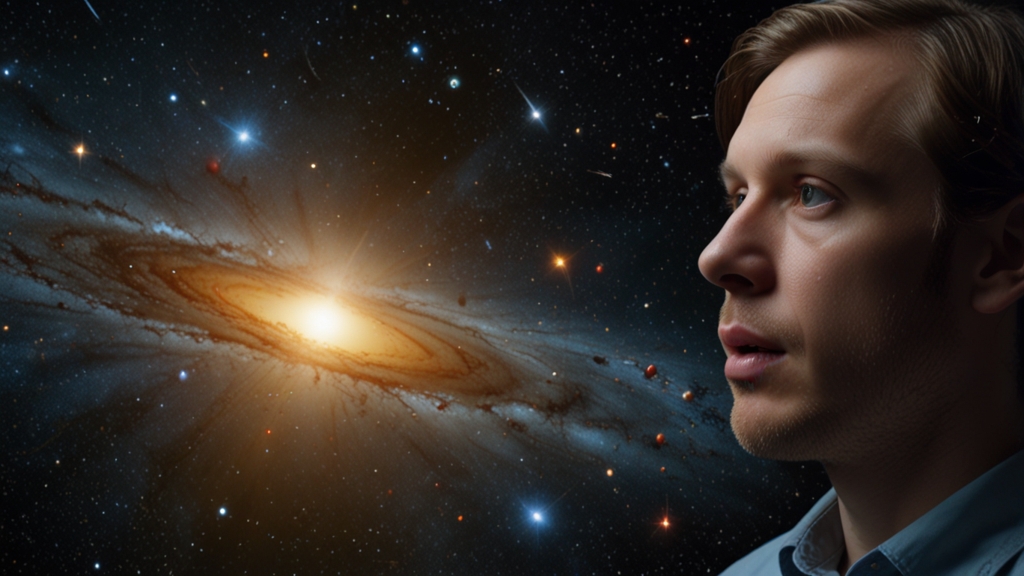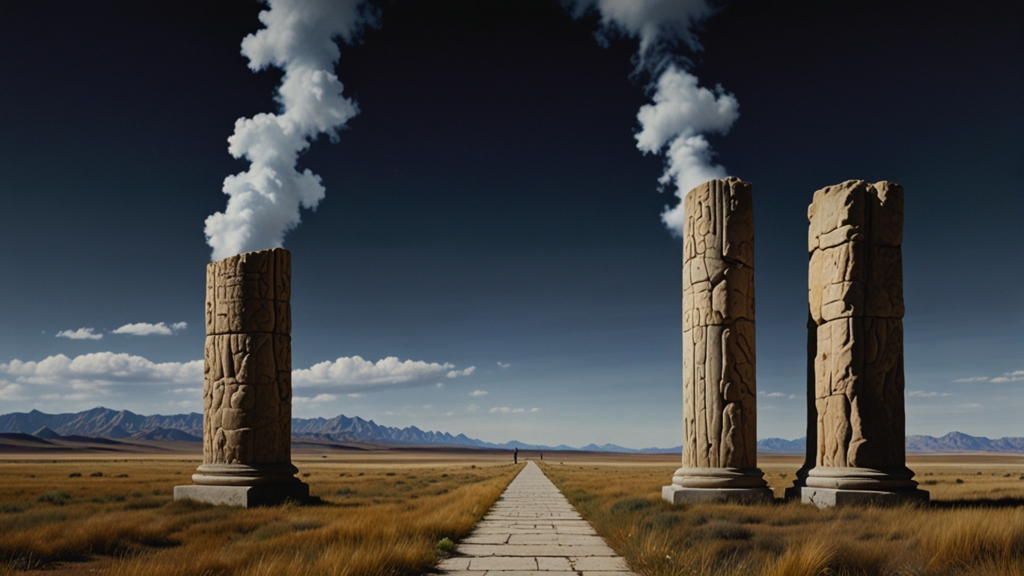Astronomy's Most Shocking Breakthroughs of the Decade
The universe is vast, mysterious, and, at times, downright bewildering. Over the past decade, advancements in technology and the relentless curiosity of astronomers have led to some of the most shocking and enlightening discoveries in the field of astronomy. These breakthroughs not only challenge our understanding of the cosmos but also reshape our place within it. Here are some of the most astonishing discoveries that have marked the last ten years.
Gravitational Waves Detected
On September 14, 2015, scientists at the Laser Interferometer Gravitational-Wave Observatory (LIGO) made a groundbreaking announcement: the detection of gravitational waves. Predicted by Albert Einstein a century earlier, gravitational waves are ripples in the fabric of spacetime caused by violent astronomical events, such as the collision of black holes.
"We have detected gravitational waves. We did it," said David Reitze, executive director of the LIGO Laboratory, heralding a new era in astrophysics and confirming one of Einstein's most profound predictions.
Since this initial discovery, LIGO and its European counterpart, Virgo, have detected multiple gravitational wave events, each providing valuable insights into the mysterious workings of the universe. These observations have opened a new window into cosmic events that were previously undetectable by conventional telescopes.
First Image of a Black Hole
In April 2019, the Event Horizon Telescope (EHT) project achieved the unimaginable: capturing the first-ever image of a black hole. This stunning accomplishment provided visual evidence of the existence of black holes, which had been theorized for decades but never directly observed.
"The image shows the shadow of a supermassive black hole at the center of the galaxy M87, outlined by emission from hot gas swirling around it under the influence of strong gravity near its event horizon," explained Sheperd Doeleman, EHT project director.
This achievement required an extraordinary international collaboration, effectively creating a planet-sized array of radio telescopes. The resulting image, a bright ring-like structure with a dark center, confirmed longstanding theories about the nature of black holes and their shadows.
The Expansion of the Universe is Accelerating Faster Than Expected
One of the decade's more perplexing revelations came from observations of the universe's expansion rate. While it's been known since the late 1990s that the universe's expansion is accelerating, recent measurements indicate that this acceleration is happening faster than previously predicted by current models of cosmology.
Data collected by the Hubble Space Telescope and other observatories revealed a significant discrepancy between the expansion rate observed in the local universe and the rate determined from the cosmic microwave background radiation. This "Hubble tension" suggests that either our understanding of the fundamental physics needs to be revised, or there are new and unknown forces at play in the cosmos.
Discovery of Exoplanets in the Habitable Zone
The hunt for exoplanets—planets orbiting stars outside our solar system—has been tremendously successful over the past decade. Among these discoveries, finding exoplanets within the habitable zone, where conditions might support liquid water, has been particularly exciting.
In 2017, astronomers announced the discovery of seven Earth-sized exoplanets orbiting the star TRAPPIST-1, three of which lie within its habitable zone. This groundbreaking find increased the potential of finding life beyond our solar system and underscored the importance of focusing on such habitable zones in the search for extraterrestrial life.
Insights into the Nature of Dark Matter and Dark Energy
Dark matter and dark energy remain two of the biggest mysteries in modern cosmology. Although they constitute about 95% of the universe's total mass-energy content, they don't emit, absorb, or reflect light, making them incredibly difficult to study.
Over the past decade, researchers have made significant strides in understanding these elusive phenomena. Advanced telescopes and observatories like the Atacama Large Millimeter/submillimeter Array (ALMA) and the Dark Energy Survey have provided new data that helps to map the distribution of dark matter and study the effects of dark energy on the universe's expansion. These observations are crucial for developing more accurate models of the cosmos and deciphering the true nature of these dark components.
Conclusion
The past decade in astronomy has been nothing short of revolutionary. From detecting gravitational waves to capturing the first image of a black hole, each breakthrough has expanded our knowledge and filled us with wonder. As technology continues to advance and our observational capabilities grow, the next decade promises even more shocking and enlightening discoveries in our ongoing quest to understand the universe.











